Ports are the lifelines of international trade, acting as gateways for global goods and commodities. Large shipping ports play a crucial role in global logistics and the economy, ensuring efficient and timely transportation. These large ports, often located near major trade routes, facilitate the seamless movement of goods, boosting economic growth and connectivity. For instance, the Port of Shanghai, situated in the heart of China’s economic powerhouse, and the Port of Singapore, strategically positioned at the crossroads of major shipping lanes, are pivotal in global trade networks.
This guide explores some of India’s and the world’s largest shipping ports, highlighting their significance, operations, and impact on global trade. Dive in to understand how these maritime hubs drive the wheels of international commerce.
Top Shipping Ports in the World
Let’s explore the top 10 shipping ports in the world along with their TUEs and speciality:
Port of Shanghai, China
- International Port Code: CN SHA
- The Busiest Container Port in the World handled 49 million TEUs in 2023 and 12.45 million TEUs in the first quarter of 2024.
- Located in the Yangtze River Delta, it offers a prime location that serves as a vital trade hub.
The Port of Shanghai boasts cutting-edge technology, including automated cranes and AI-driven logistics systems. Its advanced infrastructure supports immense cargo handling capabilities, making it the busiest container port globally. Continuous upgrades ensure its competitive edge in maritime trade.
Port of Singapore, Singapore
- International Port Code: SGSIN
- Largest Seaport in the World: Managed 39 million TEUs in 2023.
- Known for Logistical Efficiency and Innovation: Renowned for its operational excellence and strategic innovations.
Renowned for its advanced automation, the Port of Singapore utilizes robotic systems and smart port technologies to optimize efficiency. It is a critical transshipment hub, connecting major shipping routes and facilitating global trade. Its strategic location enhances its role in the maritime industry.
Port of Ningbo-Zhoushan, China
- International Port Code: CN NGB
- Volume: 35.3 million TEUs in 2023.
- Features Deep-Water Berths and Expansive Hinterland: Facilitates large-scale maritime operations.
The Port of Ningbo-Zhoushan connects China’s interior regions to global markets. Its extensive facilities handle a diverse range of cargo, including bulk and containerized goods. The port’s strategic position supports economic development in China’s inland areas.
Port of Shenzhen, China
- International Port Code: CN SZX
- Volume: 24 million TEUs in 2023.
- Comprises multiple terminals along the coastline, which supports diverse and extensive shipping activities.
Due to its deep-water berths and extensive quay lengths, the Port of Shenzhen is equipped to accommodate the world’s largest vessels. The port plays a pivotal role in global trade, handling vast amounts of container traffic. The port’s modern facilities ensure efficient operations.
Port of Guangzhou, China
- International Port Code: CN CAN
- Volume: 25.41 million TEUs in 2023.
- Rich History as a Trading Center: A historical node in global trade.
The Port of Guangzhou benefits from a comprehensive network of river and sea routes, enhancing its connectivity. It serves as a primary gateway for cargo entering and leaving southern China. Its versatile infrastructure supports a wide range of cargo types and volumes.
Port of Busan, South Korea
- International Port Code: KR PUS
- Volume: 23.15 million TEUs in 2023.
- South Korea’s Largest Port: A major player in Asia’s maritime industry.
As a critical transshipment point in Asia, the Port of Busan facilitates the redistribution of cargo across the region. Its advanced logistics systems and extensive container handling facilities ensure swift and efficient operations. The port’s strategic location strengthens its role in regional trade.
Port of Qingdao, China
- International Port Code: CN TAO
- Volume: 30 million TEUs in 2023.
- Vital Node in Maritime Trade for Northern China: Crucial for regional economic activities.
The Port of Qingdao features well-developed infrastructure, including modern container terminals and advanced logistics systems. It supports substantial cargo volumes, contributing significantly to regional and international trade. The port’s facilities are continually upgraded to maintain high efficiency.
Port of Hong Kong, S.A.R, China
- International Port Code: HKHKG
- Volume: 14.4 million TEUs in 2023.
The Port of Hong Kong stands out for its efficiency, strategic location, and deep-water harbor, making it a vital maritime hub. Its advanced facilities support high cargo throughput, connecting major global trade routes. The port’s robust infrastructure ensures reliable and swift operations.
Port of Tianjin, China
- International Port Code: CN TXG
- Volume: 23.5 million TEUs in 2023.
- Maritime Gateway to Beijing: Connects China’s capital with global trade.
The Port of Tianjin’s strategic location links it to key industrial and urban centers in northern China. Its extensive facilities support various cargo types, bolstering regional economic growth. The port plays a crucial role in facilitating trade and logistics.
Port of Rotterdam, The Netherlands
- International Port Code: NL RTM
- Volume: 10.2 million TEUs in 2023, marking a 7.2% decline compared to 2022.
The Port of Rotterdam is a central hub in European trade and logistics, with its expansive facilities handling diverse cargo types. Its strategic location on the North Sea coast enhances its connectivity to inland Europe. The port’s advanced infrastructure supports high volumes of maritime traffic.
Also Read: Top Global Freight Forwarding Companies List
Top Shipping Ports in India
Shipping ports in India facilitate the country’s trade and commerce. These ports are key gateways for imports and exports, handling millions of tons of cargo each year and contributing significantly to the economy. Here, we discuss some of the top shipping ports in India, highlighting their locations, capacities, and major functions.
Jawaharlal Nehru Port (Nhava Sheva)
- Location: Navi Mumbai, Maharashtra
- Capacity: 6.43 million TEUs in 2023
Jawaharlal Nehru Port, also known as Nhava Sheva, is the largest container port in India. It serves as the primary gateway for containerized cargo and handles a significant portion of the country’s maritime trade.
Chennai Port
- Location: Chennai, Tamil Nadu
Chennai Port is the second-largest container port in India and a central trade hub for the southern region. It handles a wide range of cargo, including containers, automobiles, and petroleum products.
Cochin Port (Kochi)
- Location: Kochi, Kerala
Cochin Port handles various cargo types, including containers, bulk, and liquid cargo, playing a crucial role in the region’s trade activities.
Kandla Port (Deendayal Port)
- Location: Kandla, Gujarat
- Capacity: 137.56 million tonnes in 2022-2023
Kandla Port, also known as Deendayal Port, is one of India’s busiest ports, especially for dry cargo. It is strategically located in Gujarat and is a major hub for agricultural products, chemicals, and petroleum.
Visakhapatnam Port
- Location: Visakhapatnam, Andhra Pradesh
- Capacity: Approximately 100 million tons annually
Visakhapatnam Port is a key port on the east coast of India, handling a significant volume of bulk cargo. It is crucial for the export of minerals, coal, and iron ore, supporting the industrial regions of Andhra Pradesh.
Port of Paradip
- Location: Paradip, Odisha
- Capacity: Approximately 127 million tons annually
The Port of Paradip is a significant port in Odisha, primarily handling thermal coal, petroleum, oil, and lubricants (POL) products. It is an essential link for eastern India’s energy and industrial sectors.
Kolkata Port (Syama Prasad Mookerjee Port)
- Location: Kolkata, West Bengal
- Key port for eastern India’s trade
Kolkata Port, officially known as Syama Prasad Mookerjee Port, is a key maritime gateway for eastern India. It facilitates trade for the region and handles a wide range of cargo, including containers, bulk, and break-bulk cargo.
New Mangalore Port
- Location: Mangalore, Karnataka
- Capacity: Approximately 1 million TEUs
New Mangalore Port is an essential hub for diverse cargo types, including containers, bulk, and liquid cargo. It is a critical port for the trade activities of Karnataka and its neighboring regions.
Tuticorin Port (V.O. Chidambaranar Port)
- Location: Tuticorin, Tamil Nadu
- Capacity: Approximately 1.5 million TEUs
Tuticorin Port, also known as V.O. Chidambaranar Port, is a key maritime gateway in Tamil Nadu. It handles both container and bulk cargo and supports the trade and industrial activities of the southern region of India.
Also Read: Top Freight Forwarding Companies In India In 2024
The Economic Impact of the Largest Ports in India
India’s largest ports are pivotal to the country’s economic framework, acting as the backbone for trade, industry, and employment. These ports facilitate a significant portion of international trade and play a crucial role in supporting various industrial sectors. Here’s a closer look at their impact:
1. Trade Facilitation
India’s major ports handle a significant volume of the country’s trade, streamlining the import and export processes. This efficiency reduces transit times and costs, thereby boosting the overall economic activity and competitiveness of Indian goods in the global market.
2. Industrial Support
The ports support industries by ensuring the smooth transportation of raw materials and finished goods. This logistical support is vital for the manufacturing, automotive, and agriculture sectors, contributing to industrial growth and productivity.
3. Employment generation
Ports are substantial employment hubs, directly and indirectly creating millions of jobs. From dock workers to logistics professionals, the ports support diverse employment opportunities, bolstering local economies and improving livelihoods.
Future Prospects and Development
The future of India’s ports is poised for transformation, with several initiatives aimed at enhancing infrastructure, connectivity, and sustainability. These developments promise further integration of India’s ports into the global supply chain, ensuring continued economic growth and environmental responsibility.
1. Infrastructure Development Initiatives
Ongoing and planned infrastructure projects are set to expand the capacity and efficiency of India’s ports. Investments in modernizing equipment, expanding terminals, and constructing new facilities will help accommodate larger vessels and increased cargo volumes.
2. Connectivity Improvements
Projects like the Dedicated Freight Corridor and the Sagarmala initiative aim to enhance connectivity between ports and hinterlands. These initiatives will improve the efficiency of cargo movement, reduce transportation costs, and contribute to the seamless integration of supply chains.
3. Sustainable Practices and Goals for Carbon-Neutrality
Indian ports are increasingly adopting sustainable practices to minimize environmental impact. Efforts include reducing emissions, implementing green technologies, and striving towards carbon-neutral operations. These measures are critical for ensuring the long-term viability of port activities in an eco-friendly manner.
In line with these goals, Intoglo, a leading freight forwarding company, is committed to sustainable practices by providing eco-friendly transportation solutions from India to the USA. Intoglo’s dedication to sustainability sets a benchmark for the industry, showcasing how green logistics can be both effective and environmentally responsible.
Conclusion
Large shipping ports are integral in facilitating trade and driving economic growth globally. These ports are the lifelines of international commerce, significantly contributing to the economic development of their respective regions and countries. Modern facilities and strategic locations enhance the efficiency and effectiveness of trade operations, making them indispensable in the global supply chain. As the logistics landscape evolves, leveraging advanced port infrastructure and services becomes vital for maintaining competitive advantages.
For businesses looking to optimize their door-to-door FCL shipping and logistics operations from India to the USA, Intoglo offers an extensive network with PAN USA coverage and over 50 warehouses across the USA. With multiple routing options to ensure proximity to your target markets and special contract rates, Intoglo ensures efficient and cost-effective freight forwarding solutions.
Embrace Intoglo’s commitment to excellence and sustainability, and elevate your logistics strategy to new heights.


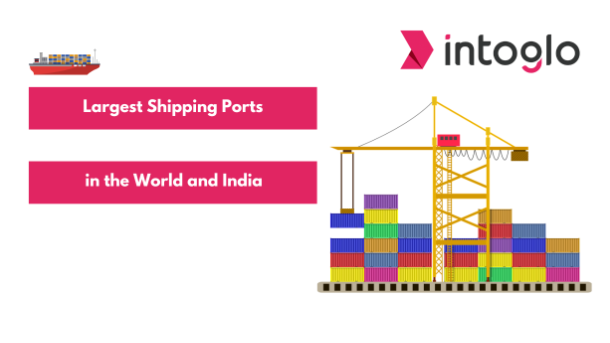
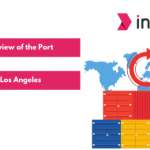

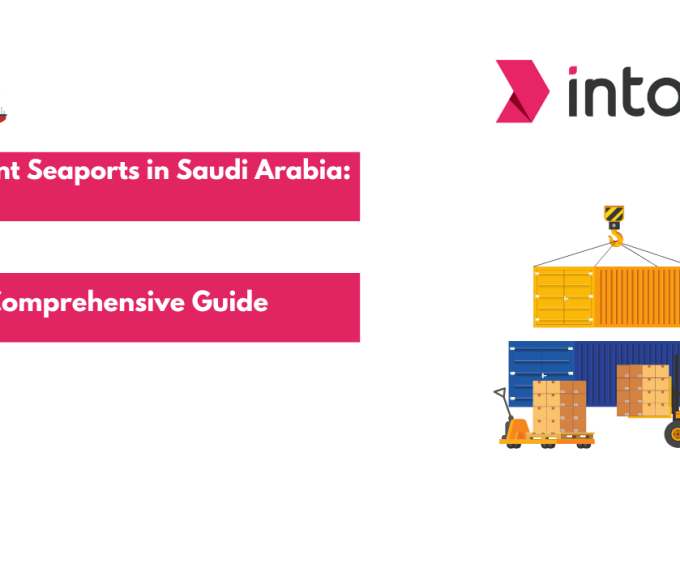
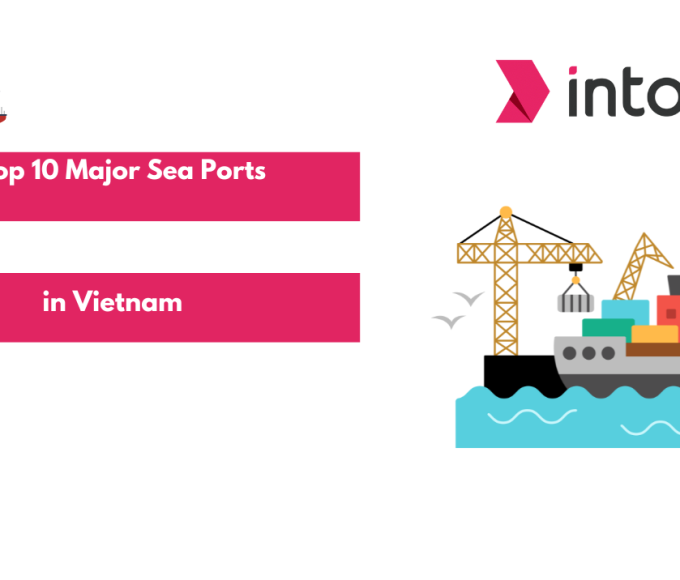
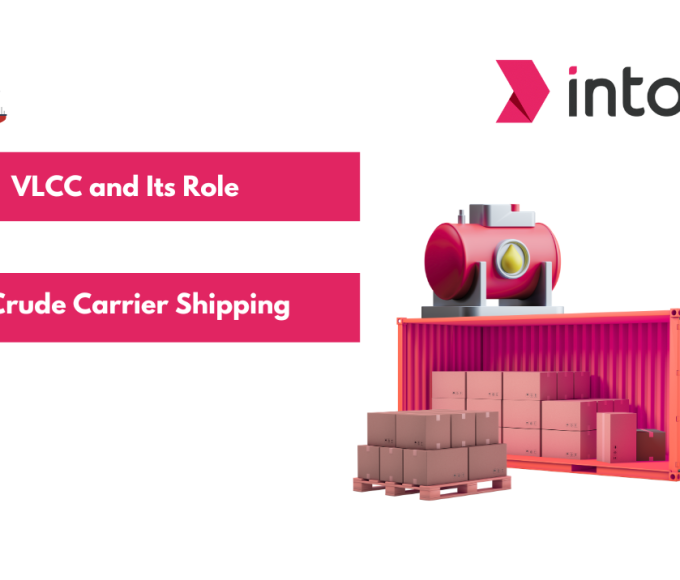
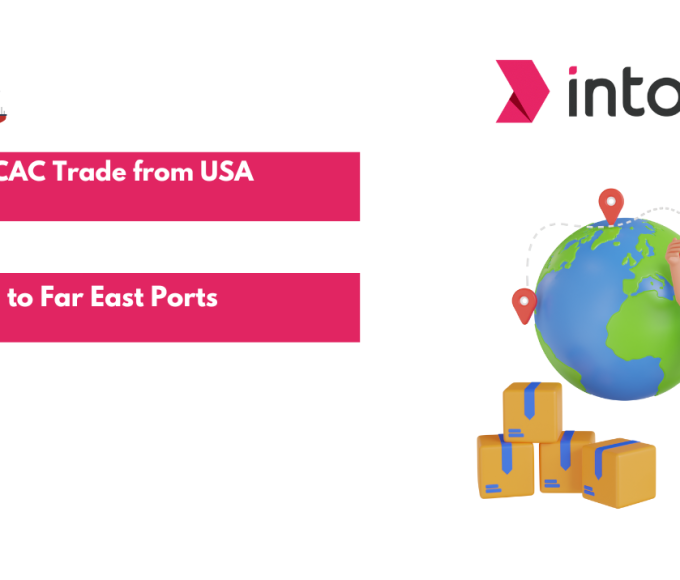
Leave a comment